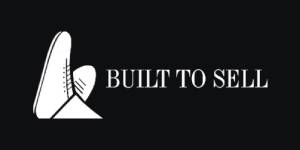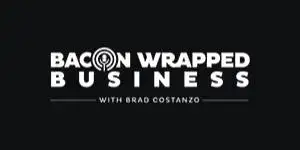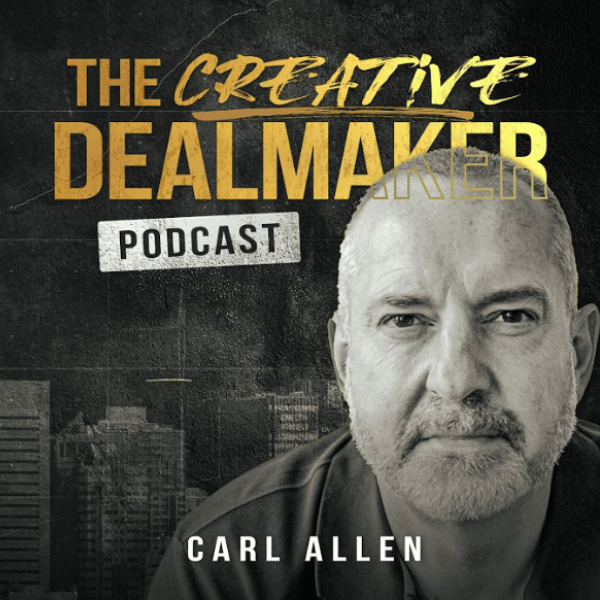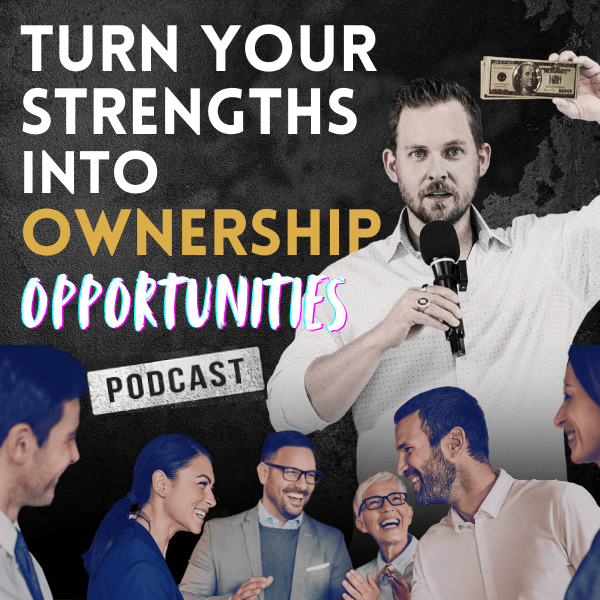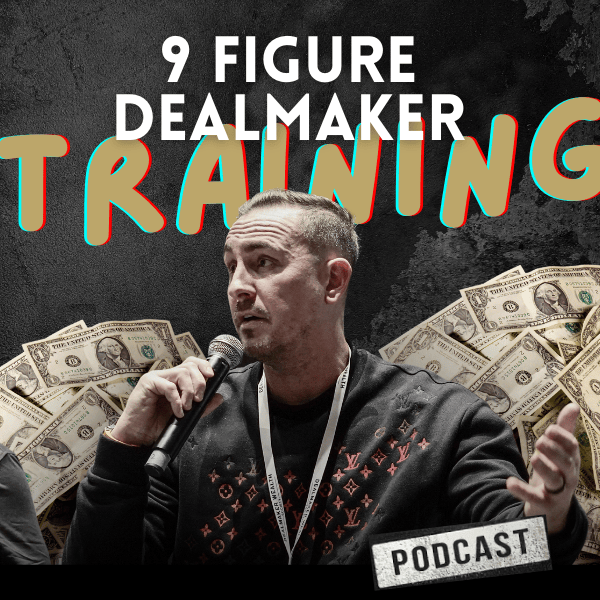3 Deal Types Available to Current Owners
3 Deal Types Available to Current Owners

If you already own a business that generates at least $500K in annual revenue, you can SCALE that business in two ways…
First, you can organically scale customer by customer, hustling and grinding in the market (Sounds like hard work to me!)
OR… you can fast track your growth by BUYING it.
Buying complementary businesses that add revenues, cash flow, products, services and talent to your existing business.
That option is quicker… cheaper… more effective.
But there are two big questions you need to ask yourself before you do this.
First, how big do you want to grow i.e., revenue, cash flow, employees? Only you can answer that.
Do you want to have a $1 million in revenue? $5 million? $10 million… or more?
There’s no wrong answer. The beauty of buying additional businesses is that it’s a “rinse and repeat” strategy.
Do it once. Do it more than once.
Student Darren Jessop recently acquired a hair salon in the U.K. Then he acquired 17 more.
His plan is to own 100 by the end of next year.
Another student, Imran Hakim, acquired an optometry business… then bolted on 72 more (and counting).
There are no limits to how far this strategy can go.
Once you decide how big you want to grow your empire, the next question is WHAT type of business do you want to buy?
There are three types of businesses you can buy to grow your existing one:
- Competitor
- Supply chain partner or supplier
- Complementary business
Competitor
Buying competitors increases your market share. If you own a supplements business, you can buy another one. That way, you control more of the market.
This works even better if you buy a business that serves a different area, or has slightly different products (or services) than you have currently.
That’s what student Peter Ballantyne did. He already owned an eight-figure supplements business in Canada and wanted to serve the U.S. market.
Rather than hustle and grind his way in, he bought in, acquiring a high seven-figure supplements business without using any of his own money.
Not only that, but his existing Canadian business relied on email marketing, whereas the U.S. acquisition focused more on direct mail.
When you double down in this way, there are tremendous economies of scale. Peter was able to add a new distribution channel and cross-leverage each strategy across both businesses.
Supply Chain Partner or Supplier
Every business has costs — namely the cost of goods sold and overhead. Buying a supplier immediately increases your profit margin because the cost of product or service delivery to the combined business is inherently reduced.
Since valuation (and ultimately your net worth when you sell) is a multiple of profit, this is a winning strategy.
Student Chris Matthews did this. He first acquired a weight-loss clinic in the U.K., then executed a strategy one to buy five more and create a six-location chain.
When he scoured his income statement, he realized he was giving up a ton of cash flow to the supplements business providing the food and nutrition to his clinics.
So, he decided to BUY the supplier out, again using none of his own money. Now his profit margins, his valuation and his net worth have skyrocketed.
The added benefit is that Chris is now using the supplier he acquired — which serves other clinics in addition to his own — as a strategy for building relationships with and identifying more clinics to acquire.
It’s a win-win-win.
Complementary Business
This is the most common — and also most exciting — bolt-on acquisition strategy. You own a business, find out what your customers also like to buy… and go buy a business that does that.
Think about a landscaping business buying a hardscaping business. “I’m here to tidy your lot, madam. How about a new patio area? You got it!”
Think about an electrical contractor buying a carpentry business. You sell both services across both customer bases.
Think about a software business acquiring an IT services business… a PR business buying an advertising agency… a law firm buying a CPA firm…
You get the picture.
This is what my student Michael Nguyen did. He owned a small publishing business when he realized all of his clients also spent a ton on marketing services.
So he acquired a marketing agency in the same city, sold those services into his existing customer base… and cross-sold his new marketing customers his existing publishing services.
It’s not rocket science. It’s how the big boys grow.
When I was at HP, we wanted to become a significant player in the software and services industry. We were a PC and printer business. We didn’t code software.
So we went on an acquisition spree, spending almost $20 billion on EDS, Mercury Interactive, Opsware, Neoware, etc.
Amazon realized its customers were listening to books. Did it invent that technology?
Nope. It acquired it by buying Audible.
When software company Salesforce realized all of its customers were using workflow and office communications software, rather than build a new application it bought Slack for $27 billion.
Acquisitions are the real fuel of business growth, so GO DO IT.
By the way, if you’re wondering whether you can do this on your own, you certainly can — but you don’t have to…
You already have a team around you to help. Check out this post to learn more.
Until next time, bye for now.
